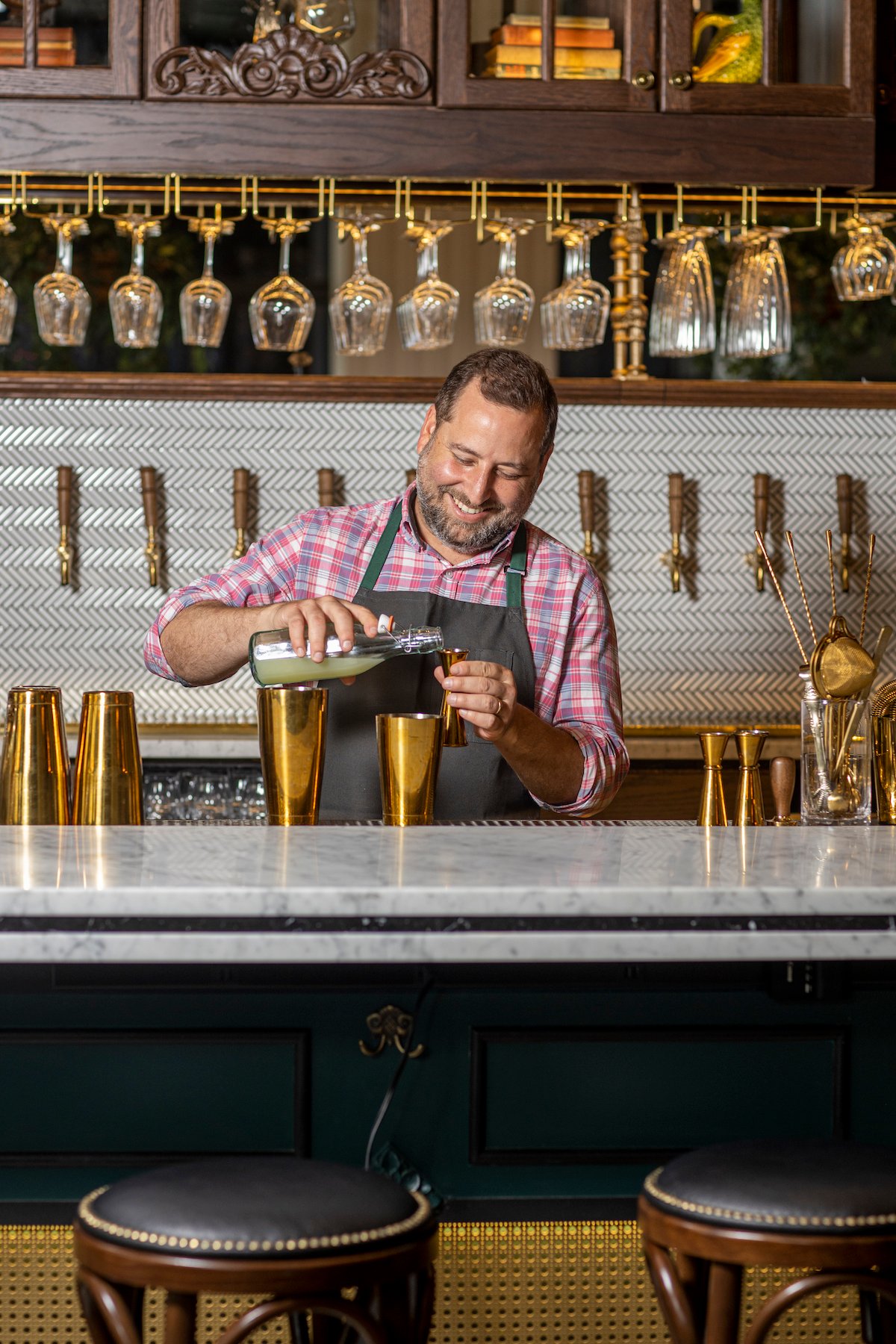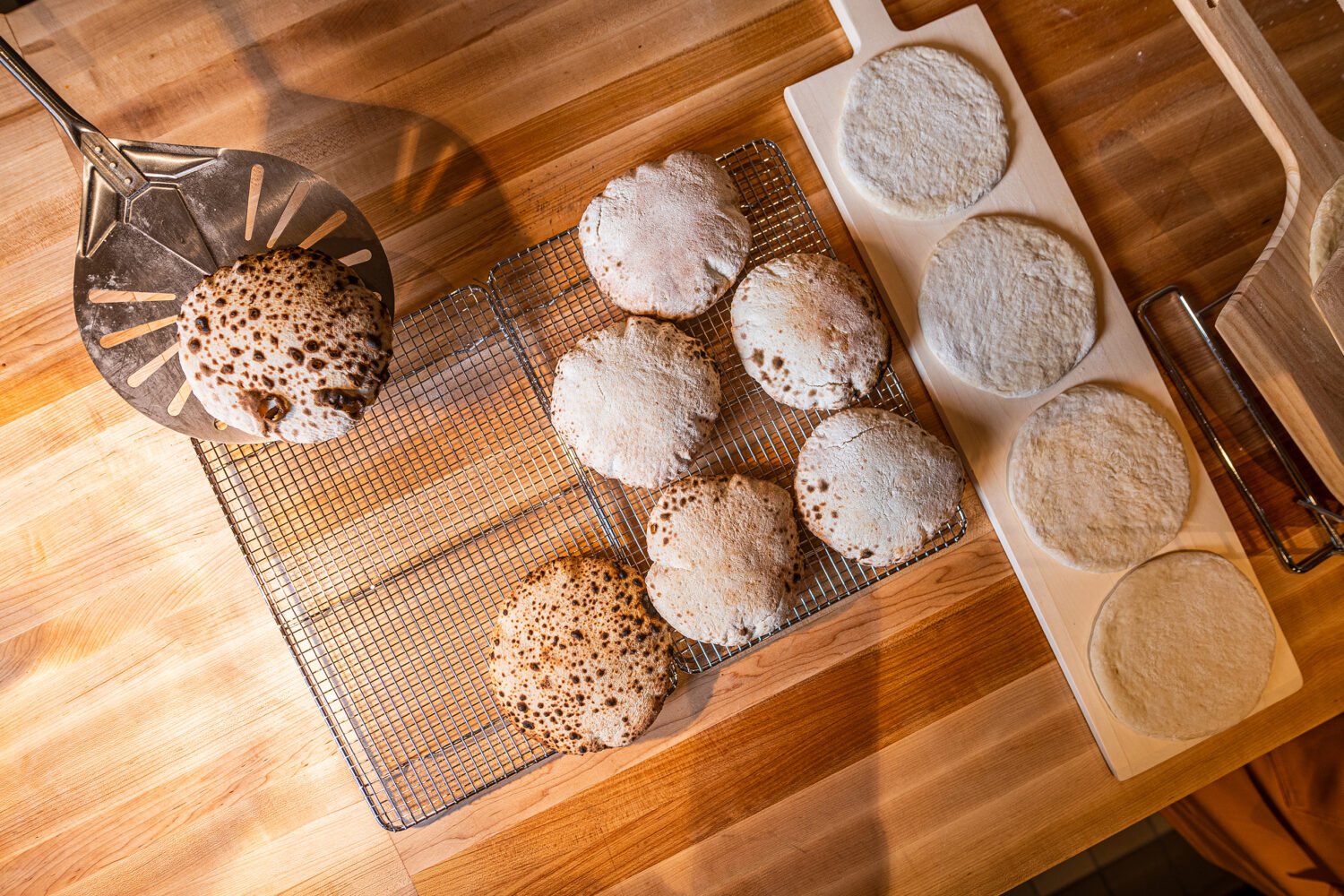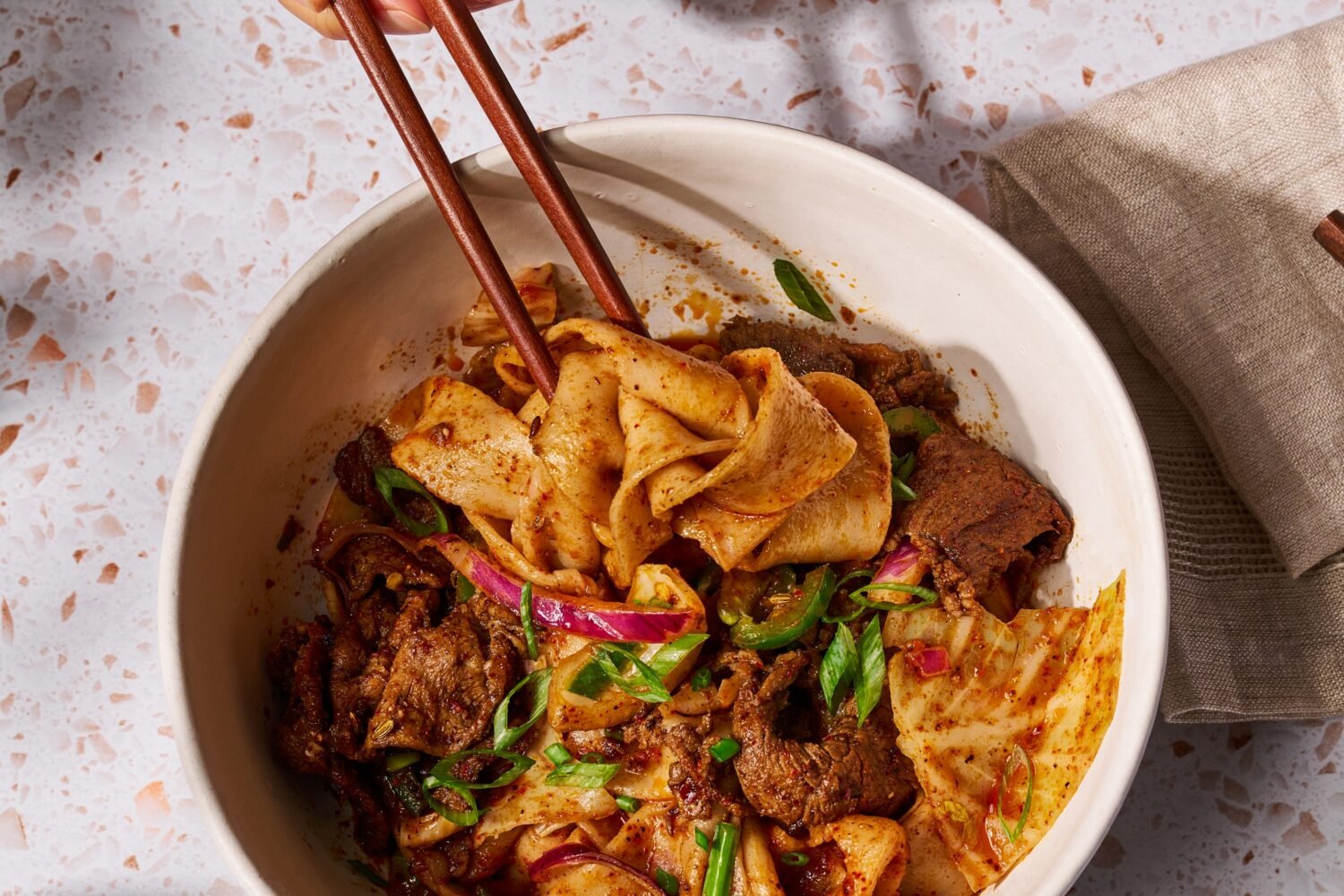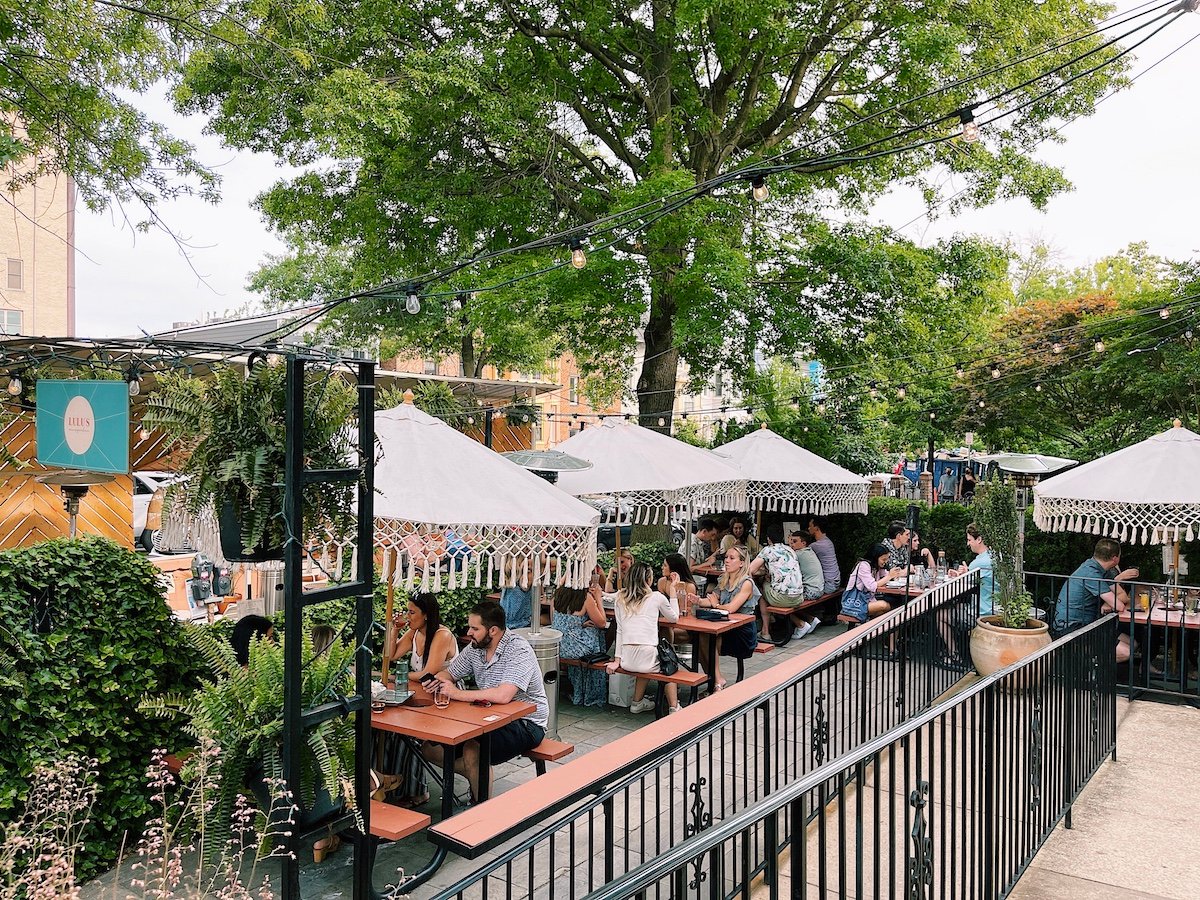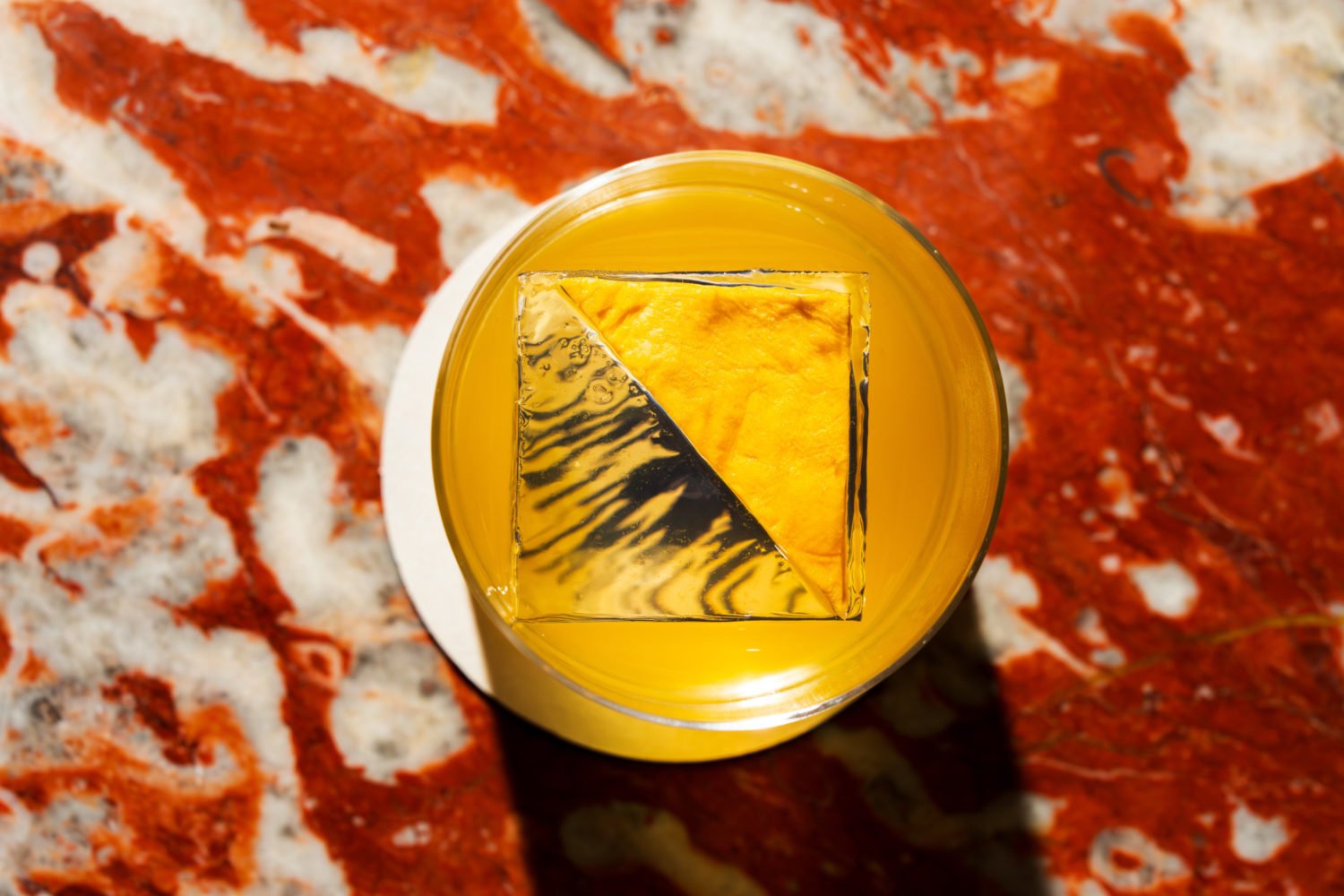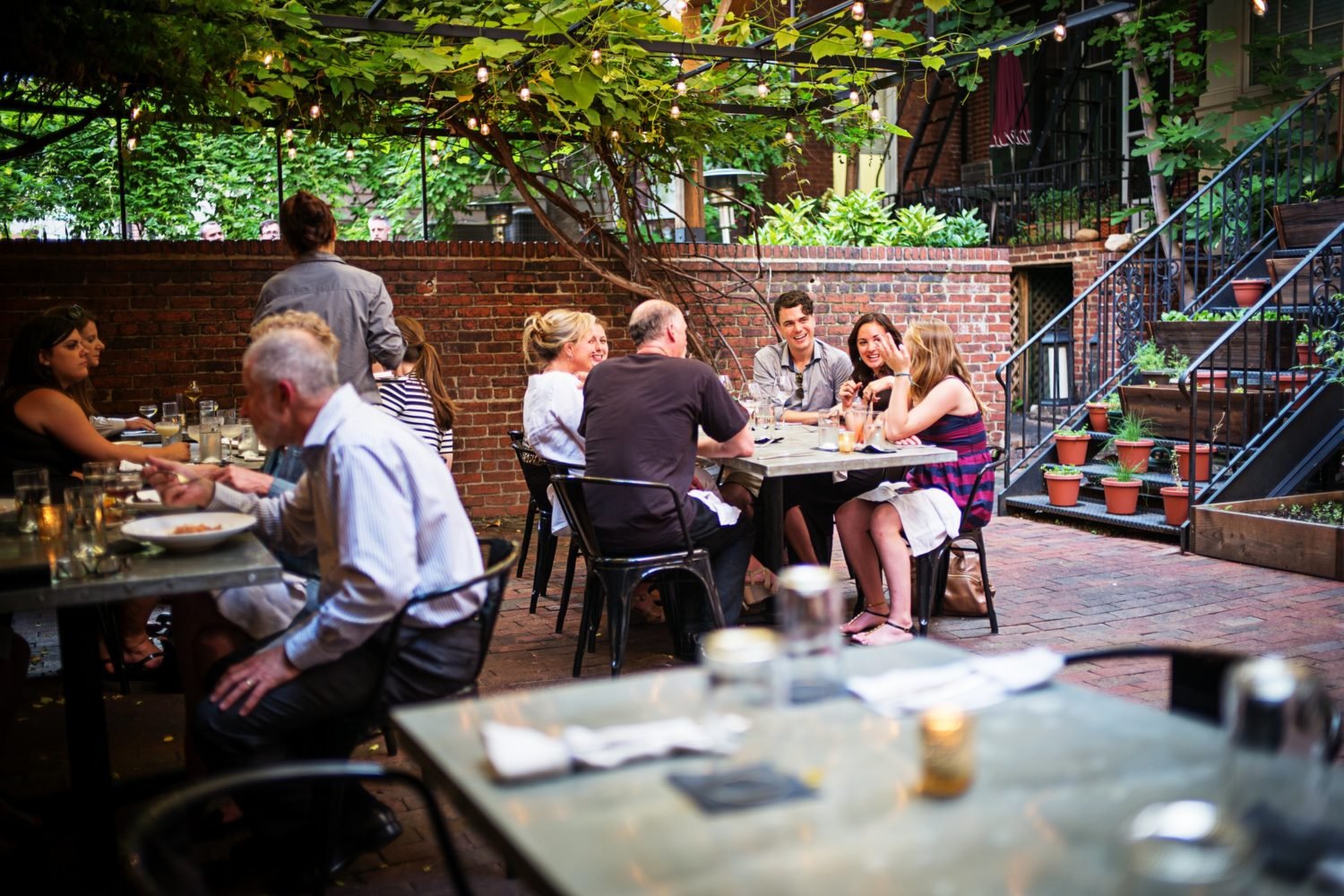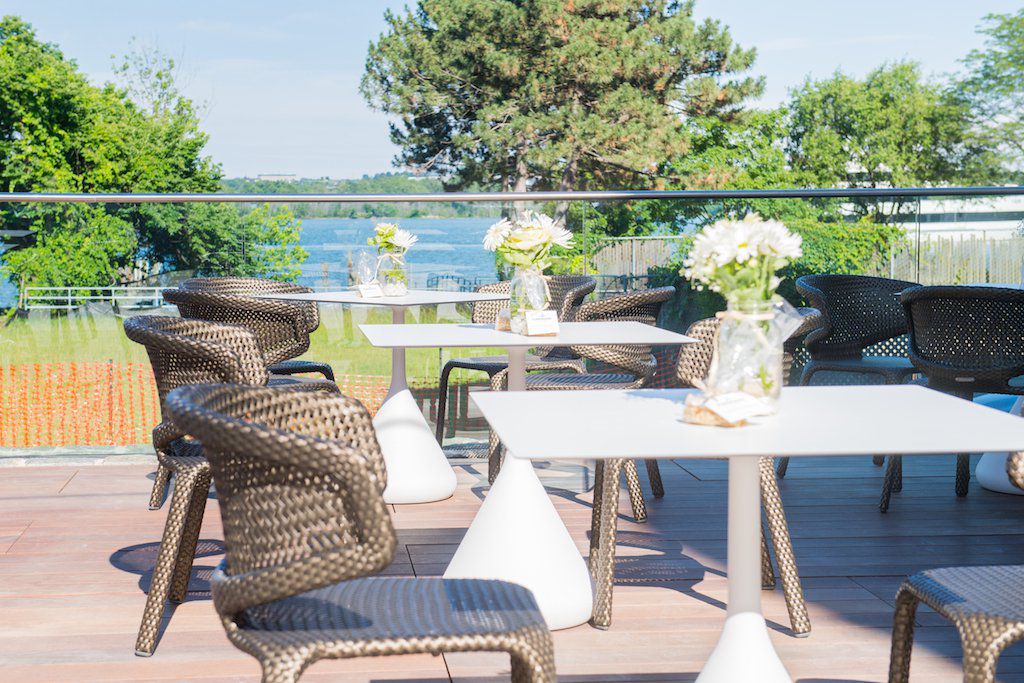Dauphine’s, the New Orleans-inspired restaurant from the team behind Salt Line, opens Friday, May 7 in downtown DC with some big names from the Big Easy at the helm. Executive chef Kristen Essig joins Salt Line talent Kyle Bailey in the kitchen; prior to moving to Washington she spent two the past two decades cooking at spots like Emeril’s and running her own Southern restaurant, Coquette. Behind the bar program is partner and native New Orleanian Neal Bodenheimer, the owner of three award-magnet cocktails bars in his hometown: Cure, Cane & Table, and Vals. The challenge for both: how do you take a food and drink culture as rich, storied, and entrenched in place as the one in New Orleans and translate it to a brand new 145-seat restaurant in downtown DC?
For Bodenheimer, that challenge is part of the reason he signed on to the project with Long Shot Hospitality partners Jeremy Carman, Gavin Coleman, and Paul Holder.
“More than anything I want to see us get it right,” says Bodenheimer, who also heads New Orleans’s Tales of the Cocktail Foundation. “There are some things that are perishable about New Orleans when you get out of New Orleans. There are some things that will work anywhere. Obviously you can’t take a New Orleans restaurant and just plop it down in DC and have it be successful. They’re different cultures. We certainly eat more béarnaise and butter and cream than anyone in DC would want to. It’s trying to find the things that are sacred, that we want to do a great job with that we think will translate, and then identify the things we want to reinterpret—understanding that there are items that shouldn’t be touched, and should be.”

Bodenheimer experienced a similar tug between tradition and innovation when he to New Orleans to open Cure in 2009 after working with big names like Danny Meyer’s Union Square Hospitality in New York. Cure, which earned a James Beard “outstanding bar” award in 2018, has been touted as the cocktail bar that kicked off Nola’s modern cocktail revival—somewhat similar to the way those in DC might point to Todd Thrasher’s PX or Derek Brown’s Columbia Room.
“New Orleans has always had this relationship between preservation and progress. We’re at heart preservationists, but at the same time we have periods of growth. We think about drinks that way. We wanted to be a ‘modern’ cocktail bar [at Cure] but we couldn’t be a modern cocktail bar without honoring the past and getting it right, so that’s where we started.”

At Dauphine’s, Bodenheimer and bar director Donato Alvarez, previously the beverage director at Salt Line, sometimes blend New Orleans and DC traditions. Take the absinthe rickey, DC’s signature cocktail mixed with the anise-flavored spirit popular in Louisiana.
Many of the menu’s classic drinks are derived from Stanley Clisby Arthur’s 1937 book, Famous New Orleans Drinks and How to Mix ’Em, for inspiration. Drinkers will likely recognize options like planter’s punch—here envisioned as a daiquiri with a blend of Caribbean rums—a Pimm’s cups fashioned with a spritely lemon-cucumber shub. Hurricanes make an appearnace, though not as Bourbon Street sugar bombs. This version, borrowed from Cane & Table, mixes quality rums and homemade, tropical fruity fassionola syrup.

And of course, there’s a sazerac. Bodenheimer improvises a lot of classic drinks. “Nothing is sacred besides the sazerac,” he says. It took the Cure team about a year to nail down their perfect rendition of the simple combination of rye whiskey, anise-flavored liquor (absinthe or herb saint), Peychaud’s bitters, and lemon peel.
“We had to create a house style that was really vetted because it’s such an important cocktail. It all came down to process. Making sure the herbsaint goes in the right places. Your lemon oil goes in the right places. Understanding when the peel goes in it’s a lighter, zipper drink, and when the peel goes on the outside, it’s richer and rounder.”
Lesser known New Orleans drinks are also showcased on the menu of cocktails, which generally range from $12 to $16. The Old Hickory, a 1930s low-alcohol creation, is based around a mix of aromatized and fortified wines. Bodenheimer says it pairs well with Essig’s creations like blackened soft-shell crab Creole, trout amandine, panéed rabbit, or one of the towering shellfish plateaus from the raw bar.
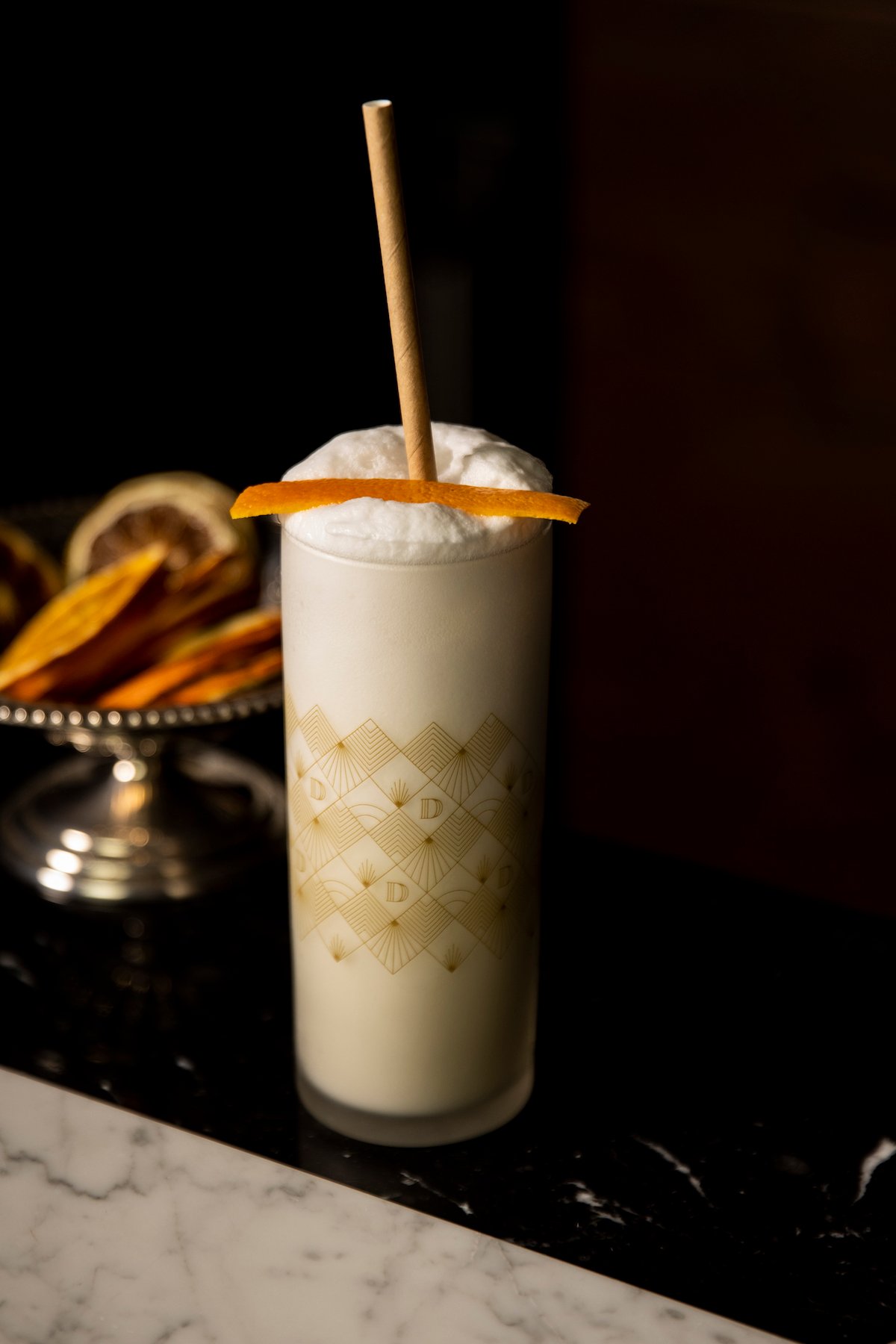
In addition to single-serve drinks, a section of “reserved cocktails” boasts a $75 French 75 for two that’s presented tableside. Guests receive coupes with Martell Cordon Bleu Cognac— Bodenheimer’s preference over the popular gin—plus accoutrements like lemon peels and their choice of Champagne. The reserve list includes top-shelf specialties such as an over-the-top ramos gin fizz ($30) made with Black Forest gin, orange blossom water, a blend of fresh citrus, and local sweet cream and eggs.
Ironically, Dauphine’s is launching an ambitious bar program without actually being able to operate its bars. Due to DC’s Covid regulations, patrons can’t currently be served at the bars—one inside the voluminous green and coral dining room, another on an 80-seat patio that is flanked by a New Orleans-inspired tile fountain. Still, Bodenheimer thinks the drinks will be enough of a draw themselves.
“I’ve always believed a cocktail is a simple luxury,” he says. “Cure opened up at the beginning of ’09. We were deep into the recession of ’08. There’s something really nice about someone making you a cocktail you can enjoy that you probably wouldn’t have the desire to make in your own house. It’s one of the ways we can take care of people.”
Dauphine’s. 1100 15th St., NW

